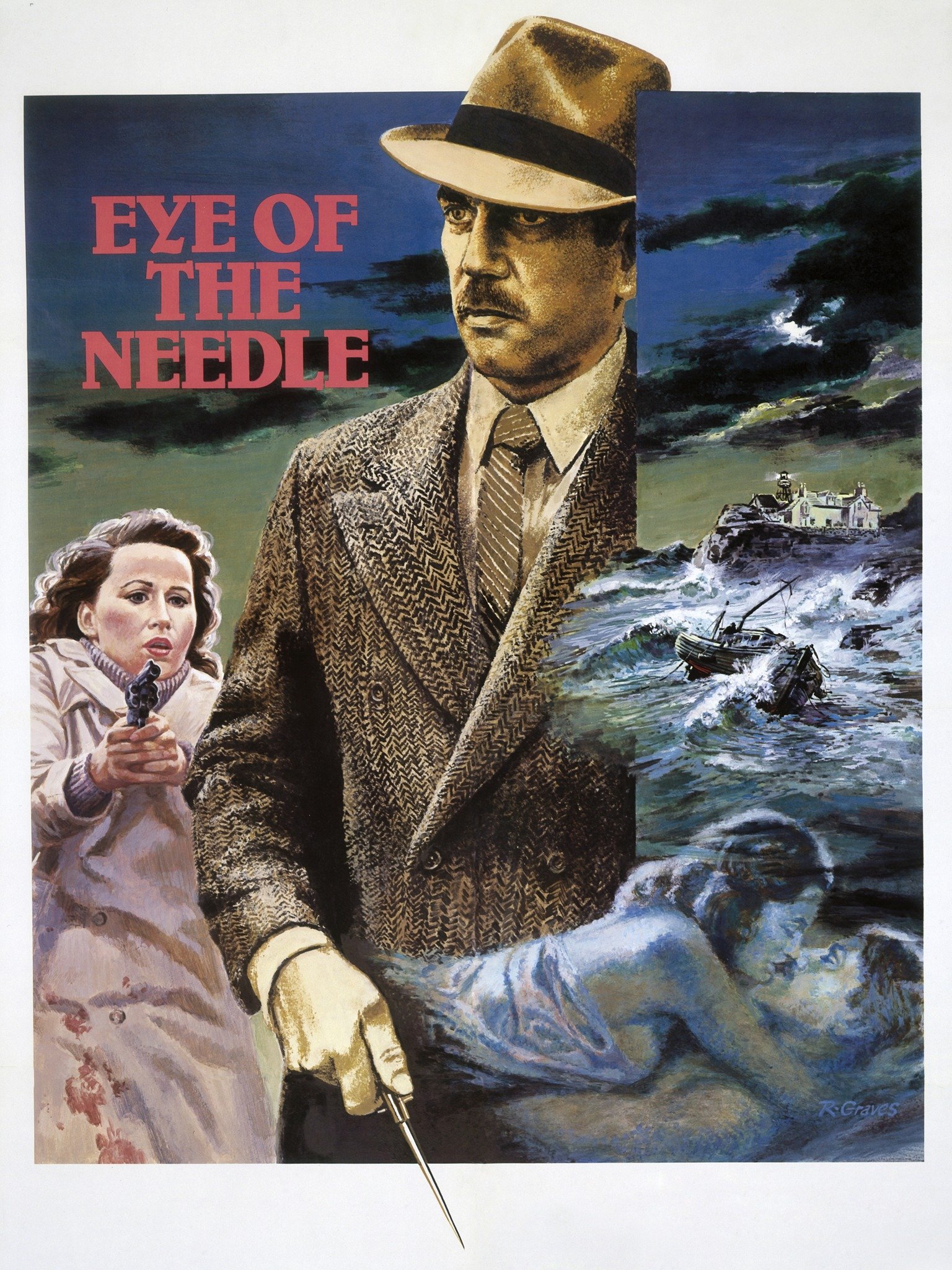
It came out in 1978 and did well all over the world. After years of telling me my books weren’t good enough to sell on the American market, he said, “this is going to be a huge international best seller and you are going to have tax problems.” He was right. My ex-wife remembers me sitting at the typewriter saying, “this is absolutely terrific.” My agent, Al Zuckerman, also realised how good it was.

The writer has to keep on thinking of new things that could go wrong.Įven before I finished it, I knew Eye of the Needle was much better than anything I had done before. By the time I wrote Eye of the Needle, I realised that the reader wants a tense situation to go on for a long time. In the early days, I would have had him make that journey in a few pages and there wouldn’t have been any suspense. But he has got to travel the length of England to rendezvous with a U-boat in the North Sea. The spy, Die Nadel, has got the crucial information, he knows how important it is, and he has to get home. The reader doesn’t want you to be too brisk, especially in a tense, dramatic situation. With Eye of the Needle, I got the pace right for the first time. My early books were all too brisk and things happened too quickly. The richness of detail slows the writing down, but that was what my work needed. It gave the book a feel for the grain of every day life, something that my work had never had before. I researched the period thoroughly and I put a lot of the detail into the story. I planned the book carefully and wrote a detailed outline. This was the best story idea I had ever had and I had also reached a breakthrough point in my development as a writer. If one German spy had seen the inflatable tanks, the cardboard Spitfires and the whole mock-up from the ground and got back to Germany with the information, then the Germans could have been prepared for the D-Day landings at Normandy and history might have taken a different course. The Germans left the beaches of Normandy weakly defended and allowed the Allied invasion forces to get a toehold.

The aim was to fool the Germans into thinking that the army was building up in the east, indicating that the invasion would come across the narrow part of the channel at Calais. It was created only to be photographed from the air by German reconnaissance planes. The Allies created an entire phoney army in East Anglia, including inflatable tanks, cardboard Spitfires and barracks with roofs but no walls. In particular, there was a fascinating, amusing and very elaborate deception for the D-Day Invasion.

One was Bodyguard of Lies by Anthony Cave Brown, about how the Allies deceived the Germans into deploying their resources in the wrong places. I read a number of nonfiction books about intelligence and espionage in World War Two. A lot of wartime secrets came out in the mid-Seventies.


 0 kommentar(er)
0 kommentar(er)
